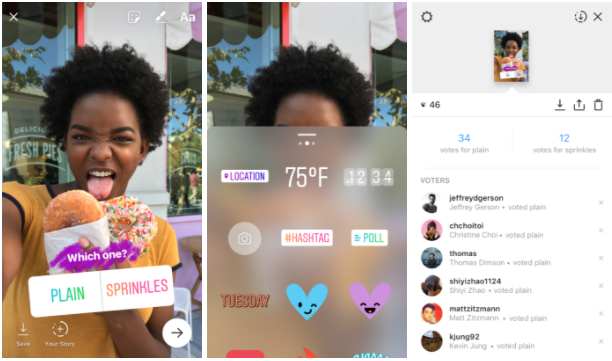
Marketing • Business

Australian businesses are getting smarter in the way they manage social media. We’re recognising that our customers and prospective customers want to get to know the human side of our brand, not just the details of our latest products or sales. In response, we’re moving away from the advertising industry’s original “broadcasting” approach to a new paradigm that gets to the heart of social media: relationships and conversations.
At least, we’re trying to.
But around 45% of large businesses and 80% of small and medium businesses have no social media strategy, according to the 2017 Sensis Social Media Report. And without a strategy, you may be left thinking, “Where do I start?”

Fortunately, the answer to that question is often right before your eyes. The key to connecting with customers is to give them what they’re looking for, which you’ll discover in:
In this edition of our deep-dive into social media, we’ll look at three different types of customers, what they’re looking for, and how you can start a social media conversation with them that will ultimately lead to conversion.
| Related Reading: 8 Ways to Build Brand Trust Through Positive Social Media Interactions
This customer knows what they need and they’re ready to purchase it, but they’re not quite sure which product fits the bill. So they’re trawling through product information and reviews, searching for comparisons online, and asking their social media networks for advice.
How you’ll find them: Your business might get tagged in a post on social media when someone in their network recommends you, or you may get results for a search on your business name or key product offerings in Google Alerts. If you’re really savvy, you’ll also be searching for questions or phrases about the problem your products solve, like:
What to talk about: Answer their questions succinctly and don’t go in for the hard sell. Even though this shopper is looking to buy, they’re first looking for information to help them make or justify their decision. This is a great opportunity to link to content in your blog or video library that helps them in a general way.
This customer is unhappy, so they’ve turned to social media or a consumer forum to express their disappointment and frustration. It might feel like this customer just wants to complain, but what they really want is a workable solution for a problem.
How you’ll find them: It’s fairly rare for complaining customers to tag your business directly, so you’ll usually need to search for mentions of your business name. They may also contact you directly through a social media platform, either publicly or in a private message.
What to talk about: Do your best to help—it’s your chance to turn a bad customer experience into a great one. If you can see their real name, look them up in your retail management platform and check their purchasing history before you start. For public complaints, invite the customer to continue the conversation more directly, in a private message or by calling your support team.

This customer is super keen and feels like they’re a part of your business. So they want to have their say, and want to feel like you’re listening.
How you’ll find them: You won’t need to find this customer, because they found you first and are already following you on several social media platforms.
What to talk about: This is your chance to gather quality feedback that can supplement your sales data and help you decide where you’ll take your business in future. Post a poll on Facebook, Twitter, or Instagram Stories to ask customers which products they prefer or what’s most important for them when choosing what to buy. You’ll be surprised by the conversations a poll can start!

This doesn’t capture all the things your social media followers will want to hear about. They’ll still want news about what’s going on in your business, the wider industry, and your local community. They’ll still want product releases and competitions. For more ideas, check out the second post in our deep-dive social media series, on tailoring social media to your target audience.
Need some more inspiration for your social media? Download our Social Media Ready Kit which has 35 content and campaign ideas to fill up your calendar, a bunch of holiday-themed photoshop templates, plus our 2018 retail calendar (so you'll never miss another important date!).
Neto is the only Australian retail management platform that provides a complete solution for ecommerce, point of sale, inventory, and fulfilment. Our integrated back-end technology enables exceptional and consistent customer experiences via any channel, be it in-store, online or through a marketplace. We automate repetitive tasks and integrate with multiple sales channels to manage orders and shipments. And our inbuilt analytics and social media sharing will help you optimise your social media strategy for successful campaigns and social conversions.
